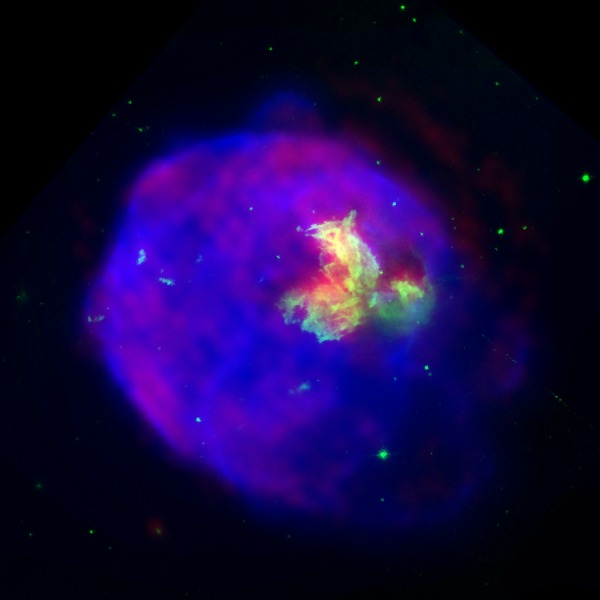Cecilia Payne-Gaposchkin was a British-born American astronomer and astrophysicist. In her 1925 doctoral thesis she proposed that stars were composed primarily of hydrogen and helium. Her groundbreaking conclusion was initially rejected, because it contradicted the science of the time, which held that no significant elemental differences distinguished the Sun and Earth. Independent observations eventually proved that she was correct. Her work on the nature of variable stars was foundational to modern astrophysics.
Cecilia Payne-Gaposchkin
Ratios of hydrogen and helium measured in the Milky Way galaxy match Payne-Gaposchkin's 1925 calculations.
Payne-Gaposchkin
Astrophysics is a science that employs the methods and principles of physics and chemistry in the study of astronomical objects and phenomena. As one of the founders of the discipline, James Keeler, said, Astrophysics "seeks to ascertain the nature of the heavenly bodies, rather than their positions or motions in space–what they are, rather than where they are." Among the subjects studied are the Sun, other stars, galaxies, extrasolar planets, the interstellar medium and the cosmic microwave background. Emissions from these objects are examined across all parts of the electromagnetic spectrum, and the properties examined include luminosity, density, temperature, and chemical composition. Because astrophysics is a very broad subject, astrophysicists apply concepts and methods from many disciplines of physics, including classical mechanics, electromagnetism, statistical mechanics, thermodynamics, quantum mechanics, relativity, nuclear and particle physics, and atomic and molecular physics.

Early 1900s comparison of elemental, solar, and stellar spectra
Supernova remnant LMC N 63A imaged in x-ray (blue), optical (green) and radio (red) wavelengths. The X-ray glow is from material heated to about ten million degrees Celsius by a shock wave generated by the supernova explosion.





